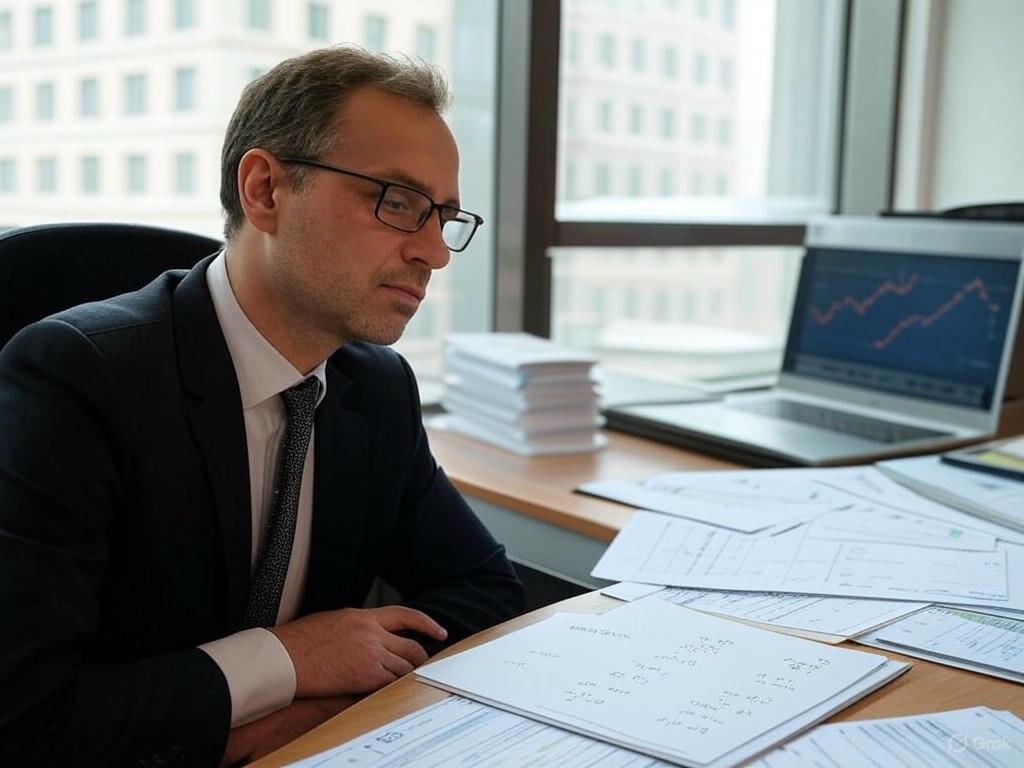In the midst of shifting economic landscapes, the uptrend in jobless claims in the United States is becoming a focal point for economists and policymakers alike. The latest data indicates a notable rise in initial unemployment claims, climbing to 242,000—the figure surpasses the expected 235,000[1]. This divergence from expectations not only highlights fluctuations in the job market but also necessitates a closer look into its wider economic implications.
Jobless claims serve as a real-time indicator of labor market conditions and can foreshadow potential slowdowns. Economists suggest that sustained increases in these claims often signal downward pressures on economic growth. A labor market losing momentum may lead to reduced consumer spending, a critical driver of economic health.
Parallelly, the housing market is under scrutiny. Recent reports show disappointing starts in new housing projects, compounding concerns of an economic cooldown. Housing starts often mirror consumer confidence and spending abilities, impacting broader economic activities. The interplay between jobless claims and housing starts unveils a narrative of economic caution[1].
Amid these indicators, the Federal Reserve's stance on monetary policy becomes pivotal. The Fed has opted to hold interest rates steady, acknowledging the ongoing economic vagueness[1]. This decision reflects a delicate balance; by maintaining rates, the Fed hopes to spur growth without exacerbating inflation concerns.
In conclusion, the rise in jobless claims amidst static interest rates paints a picture of an economy treading carefully. As economic agents adapt, these indicators will be crucial in shaping future fiscal and monetary policies. Observers of the U.S. economy will watch closely, evaluating how these metrics interact and influence the broader economic narrative.
References:
1. US initial jobless claims were 242K vs 235K expected: housing starts, permits updated







